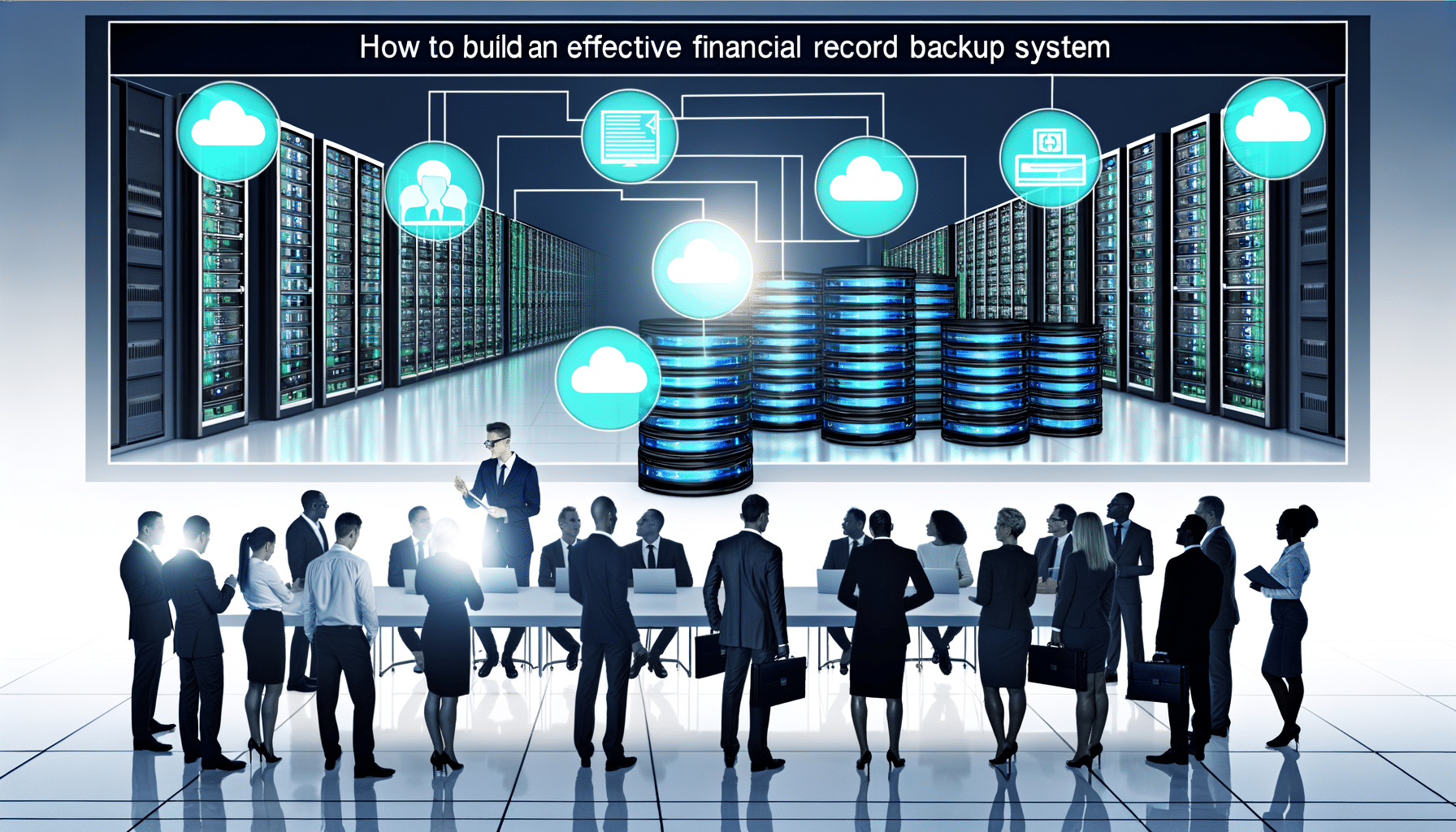- Backup Solutions
- July 6, 2023
Choosing Between On-Premise and Cloud Data Backup Solutions

Understanding the Landscape of Data Backup: Cloud vs. On-Premise Solutions
In today’s rapidly evolving digital environment, choosing the right data backup solution is crucial for businesses aiming to safeguard their information assets. Weighing the options between cloud-based and on-premise data backup solutions can be challenging, especially when decision-makers are tasked with aligning their choice with their organization’s strategic goals, financial capabilities, and security needs. Having been a founder in the tech landscape, I’ve witnessed firsthand the transformative power of both these solutions and the critical nature of choosing the right fit for your business.
Grasping the Basics: On-Premise Data Backup
On-premise data backup solutions involve storing data within the physical premises of the organization. This may include having dedicated servers, tape drives, or even hardware appliances that keep your critical data securely locked within your office boundaries.
Pros of On-Premise Backup:
- Control: Complete ownership offers absolute control over data management and backup processes. You can customize solutions that best suit your specific operational needs.
- Security: Physical control means an added layer of security. If your industry operates under heavy compliance regulations, on-premise ensures that your data sits safely under your control.
- Speed: In environments where data transfer speed is crucial, on-premise solutions excel as data doesn’t rely on internet connections.
However, there are challenges attached to on-premise solutions:
Cons of On-Premise Backup:
- Cost: Maintaining physical servers can require significant CAPEX investments in infrastructure and technology, coupled with recurring OPEX for power, cooling, and staffing.
- Scalability: Growing data demands can mean continuous investment in hardware upgrades, which can significantly increase costs and complexity.
- Disaster Recovery: Your disaster recovery strategy becomes vulnerable to local catastrophes like fires or floods unless geographically separated redundant sites are maintained.
The Rise of Cloud Data Backup Solutions
Cloud data backup solutions have shifted the data storage paradigm by hosting data on remote servers, accessible via the internet. The question here is not “is cloud the future” but rather “how fast is it transforming today’s business practices?”
Pros of Cloud Backup:
- Scalability: Flexibility with cloud storage means you can easily scale your storage needs up or down as your data demands increase or decrease.
- Cost-Effectiveness: Typically offered as a pay-as-you-go subscription model, cloud solutions eliminate the need for hefty upfront investments in physical infrastructure.
- Accessibility: Access your data from anywhere in the world, allowing for seamless workflows and improved collaboration for teams distributed globally.
Yet, cloud solutions come with their own set of advantages and considerations:
Cons of Cloud Backup:
- Data Transfer: Limited by your internet infrastructure, large data backups can be time-consuming and bandwidth-intensive.
- Control: You relinquish some control over your data security to third-party service providers.
- Reliability: Although generally reliable, cloud service outages can impact access to your data unless contingency strategies are executed.
Strategic Considerations in Choosing the Right Fit
The decision between on-premise vs. cloud backup solutions isn’t a ‘one size fits all’ kind of decision. The key lies in thoroughly assessing your company’s particular situation, including:
Storage Needs: Evaluate your current data storage requirements and future projections. Cloud solutions particularly shine with flexible scaling, but a hybrid approach can also offer significant benefits.
Budget Constraints: Weigh CAPEX vs. OPEX financial models. Cloud solutions help in spreading costs over time and avoiding large initial investments.
Compliance Requirements: Industries with strict regulatory needs may favor on-premise solutions where data governance and audit trails are critical.
Accessibility and Disaster Recovery: Consider the ability to access crucial data during disasters and select a backup solution with integrated disaster recovery planning, where cloud solutions often provide resilience and geographic redundancy.
Security Concerns: Security is paramount, regardless of the solution you choose. Ensure whichever vendor or solution you pick complies with industry benchmarks like GDPR, HIPAA, or specific others.
The Path Forward with RecordsKeeper.AI
Both cloud and on-premise data backup solutions have merit, offering unique advantages depending on business needs and strategic goals. Ultimately, the best solution aligns seamlessly with your organization’s objectives while enhancing secure data access and collaboration. At RecordsKeeper.AI, we’re constantly innovating to deliver adaptable, secure, and compliant solutions to ensure that your data remains a strategic asset.
I encourage you to explore further insights on strategic data management by following me as I continue to share experiences from my journey and perspectives on innovations transforming our industry.
Toshendra Sharma is the visionary founder and CEO of RecordsKeeper.AI, spearheading the fusion of AI and blockchain to redefine enterprise record management. With a groundbreaking approach to solving complex business challenges, Toshendra combines deep expertise in blockchain and artificial intelligence with an acute understanding of enterprise compliance and security needs.
Related Posts

Best Practices for Implementing Secure Backup Systems in Public Sector Record Management
Explore how secure backup systems protect government records against loss.
- July 11, 2024

How to Build an Effective Financial Record Backup System
Learn to create robust backup systems for financial records.
- February 6, 2024
Archives
- December 2024
- November 2024
- October 2024
- September 2024
- August 2024
- July 2024
- June 2024
- May 2024
- April 2024
- March 2024
- February 2024
- January 2024
- December 2023
- November 2023
- October 2023
- September 2023
- August 2023
- July 2023
- June 2023
- May 2023
- April 2023
- March 2023
- February 2023
- January 2023
- December 2022
- November 2022
- October 2022
- September 2022
- March 2019
Want to get more content like this?
Signup to directly get this type of content to your inbox!!
Latest Post
Organizing External Auditor Access
- December 22, 2024
Document Control in Manufacturing Plants
- December 21, 2024
Handling Rush Financial Report Requests
- December 20, 2024
Managing Record Access After Staff Changes
- December 19, 2024





